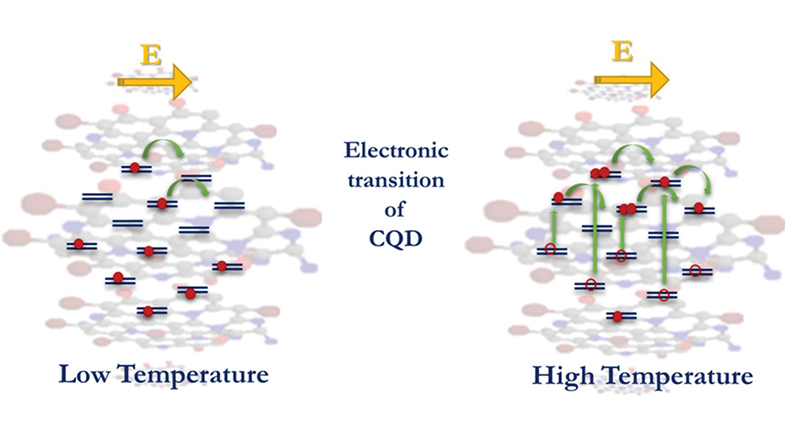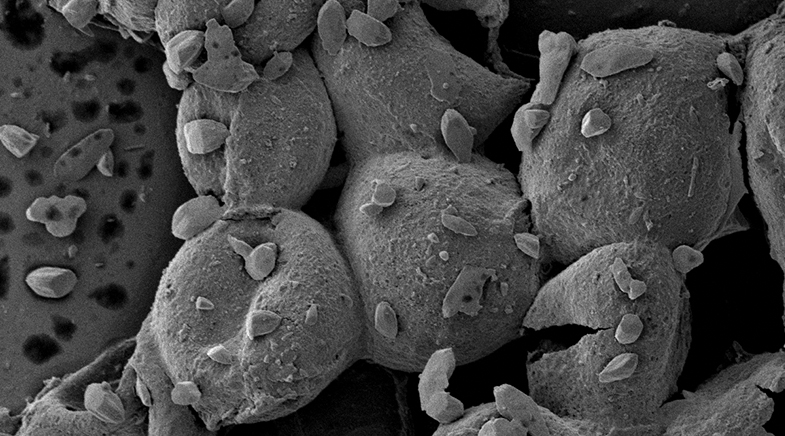The speed generation
-
- from Shaastra :: vol 02 issue 03 :: May - Jun 2023

Scientists used to take decades to develop a new crop. Not any more.
Viswanathan Chinnusamy first visited the Indian Agricultural Research Institute (IARI) in 1990. He was then studying at the agricultural college in Killikulam, Tamil Nadu. The 500-acre institute campus in Delhi was vast and imposing, sylvan as well as modern, with laboratory and library facilities that impressed the young undergraduate student. He made a mental note to join IARI as soon as possible. It took him just one year to accomplish the task.
The institute scientists worked on multiple areas of agriculture research: plant protection, crop improvement, soil microbiology, and agronomy, among others. Viswanathan, who finished his Master's and PhD degrees at IARI and then stayed on at the institute as a scientist, was interested in figuring out how plants respond to changes in environmental factors like temperature, moisture, and salinity. Understanding this response was important for scientists to create crops that are resource-efficient, those that produce more with less water and fertilisers. However, techniques for measuring the stress levels of a plant were laborious in the 1990s. They had not improved much for scientists at the institute even after a decade into the new century.
For Viswanathan, it took two days to assess the water status of a plant and ten days to measure the nitrogen content of a leaf. Studying the levels of molecules that indicated the stress levels of plants also took several days. Most of the measurements required plucking plant parts, which damaged the plants. Meanwhile, around the world, automation had been steadily seeping into agriculture research. In 2010, funding agencies in India advertised for proposals to build an automating monitoring facility.
PAST ISSUES - Free to Read


Have a
story idea?
Tell us.
Do you have a recent research paper or an idea for a science/technology-themed article that you'd like to tell us about?
GET IN TOUCH














